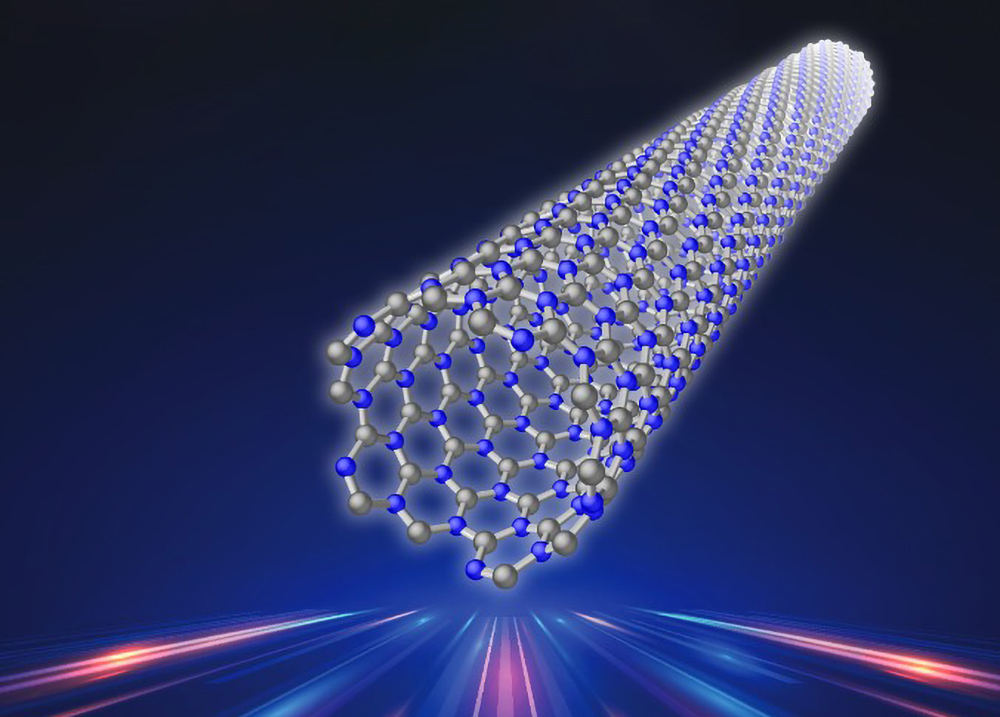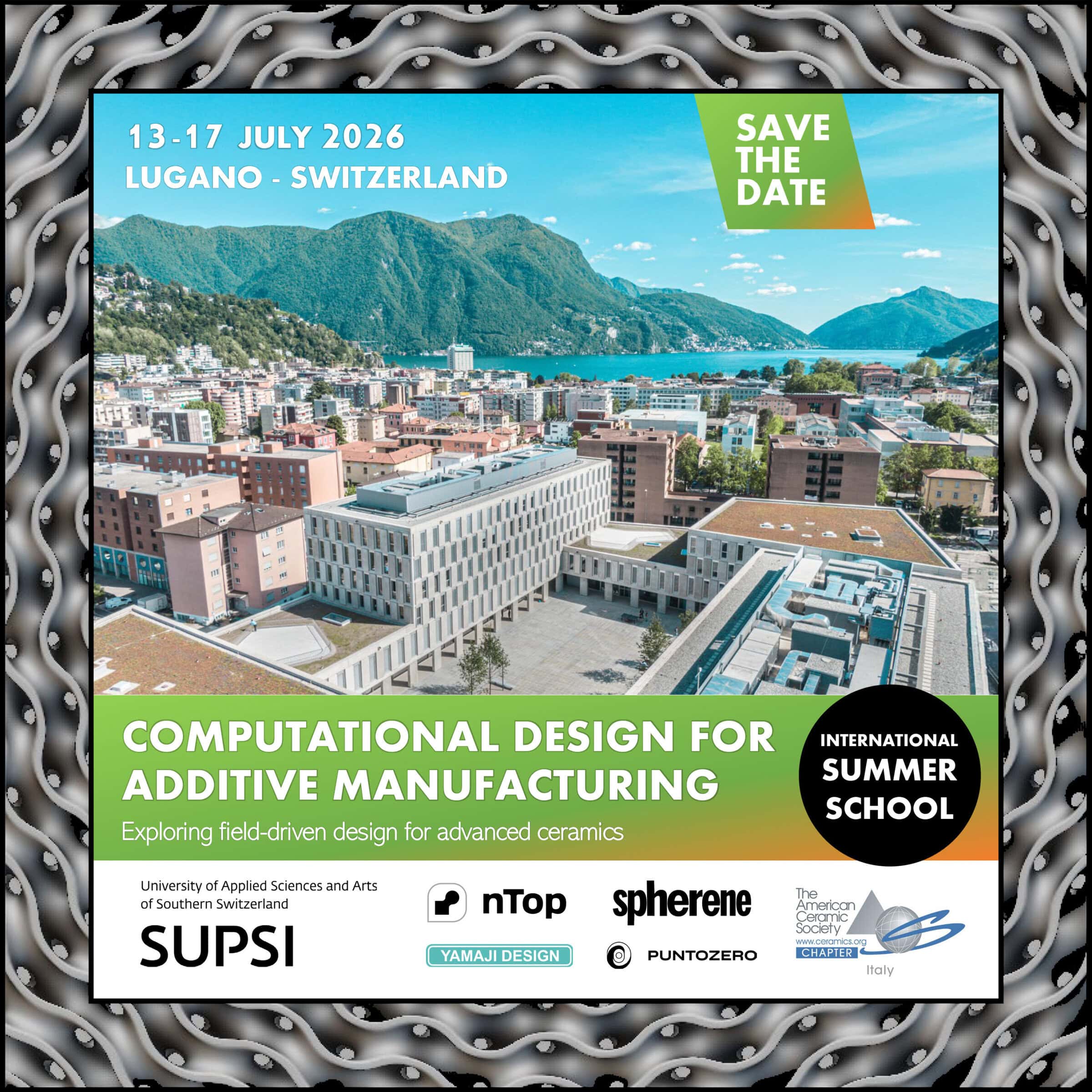Robots setting unfired brick. Credit: John Hewitt; Interstate Brick.
The first floor hallway of the Ceramic Engineering building at the University of Illinois at Urbana-Champaign is built in sections with each section displaying a different kind of brick. The hallway is a testimony to the economic importance of the structural clay industry, and, in fact, the first proposal to the university administration was to establish a department of “economic geology.” The hallway, as well, serves as a display for students to see for themselves bricks made of red-, tan-, buff-, and yellow-burning clays.
Today, the science of brickmaking has been nudged aside and replaced with undergraduate curricula in materials science that must prepare students for a broad range of industries and economies.
However, the economic importance of the structural clay industry remains, and engineering and innovation are just as important to survival as they are for the trendier fields of nanotechnology, for example. According to the American Brick Industry (ABI) website, the brick industry manufactures about 9 billion “standard brick equivalents” per year (in normal economies). But, even in “down years,” like 2008, the brick industry comprised over 160 plants located in 38 states. ABI reports that the brick industry contributes $8 billion to the economy and employs 200,000 in the US (across the spectrum from manufacturing to bricklaying).
One of those plants—Interstate Brick—is hosting a plant tour in conjunction with the Structural Clay Products Division (SCPD) meeting in Salt Lake City, Utah, May 13-15. The division’s meeting is in conjunction with the National Brick Research Center meeting.
Interstate Brick (West Jordan, Utah) aggressively incorporates modern manufacturing methods in their four plants, including using robotics to handle green brick and setting large bricks on drying pallets instead of direct setting on kiln cars.
John Hewitt works for Interstate Brick and is secretary of SCPD. He says in an email, the company is hosting the plant tours because “we are unique and [do things differently from other companies]. …We want the industry as a whole to do well and keep a critical mass of brick in use nationwide.”
The plant tour is the morning of Tuesday, May 14, and the SCPD technical program will be in the afternoon. Hewitt says, “In our [technical] talks I’m hoping to find ways the industry can, perhaps, do new things to be competitive with other building materials (since there are many choices).”
ACerS’ SCPD encourages all in the brickmaking and structural clay industry to come to Salt Lake City, and visit Interstate Brick. To register for the SCPD meeting and plant tour, visit the ACerS website or download this form. Let’s keep looking for ways to keep the “economic geology” industry strong!
The National Brick Research Center will host a meeting for its members on Wednesday, May 15.
Author
Eileen De Guire
Spotlight Categories
- Division News
- Meeting Highlights
- Section News
Divisions
- Structural Clay Products
U.S. Sections
- Southwest



